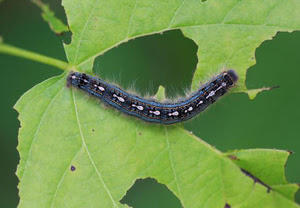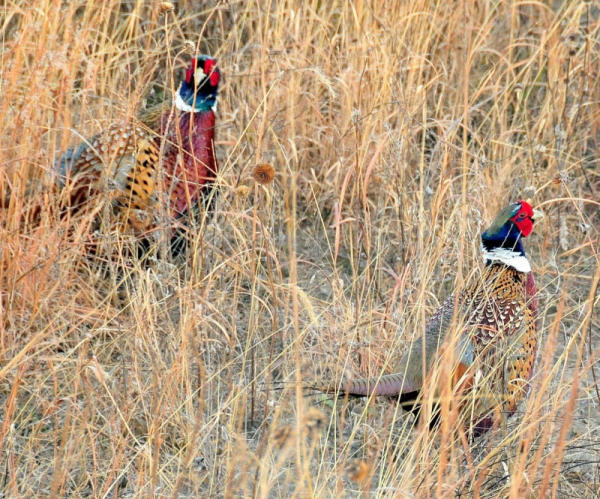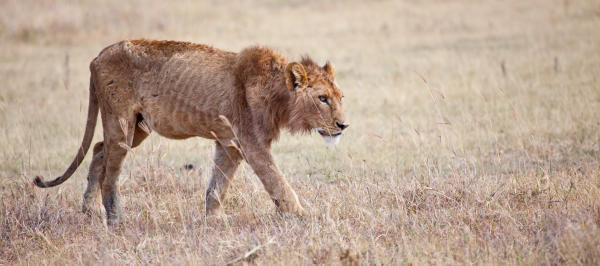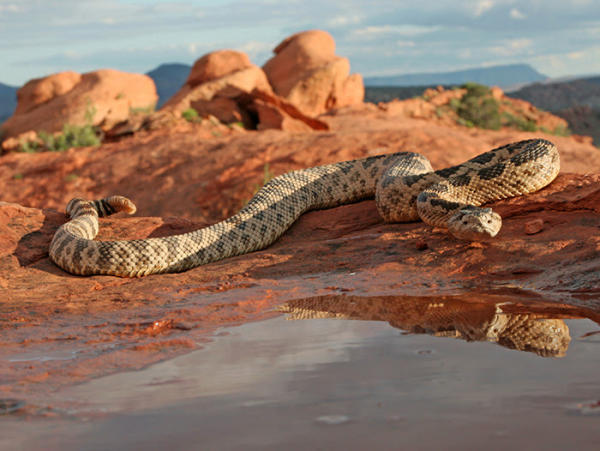By Glen Wunderlich
Recent news from Washington indicates the economy is growing at a rapid pace and that the country is deemed to be at full employment. The Trump administration has eliminated encumbrances to progress, and in so doing, has ruffled the feathers of a gaggle of environmental groups that seek protection for migratory birds. Recently filed litigation challenges the current Administration’s move to eliminate longstanding protections for waterfowl, raptors, and songbirds under the Migratory Bird Treaty Act (MBTA) enacted over 100 years ago.
At issue in the suit by the National Audubon Society v. Department of the Interior, is the claim that the Act’s prohibition on the killing or “taking” of migratory birds has long been understood to extend to incidental take from industrial activities — meaning unintentional but predictable and avoidable killing. Under the Administration’s revised interpretation, the MBTA’s protections will apply only to activities that purposefully kill birds. Any “incidental” take — no matter how inevitable or devastating the impact on birds — is now immune from enforcement under the law based on a memo issued by the U.S. Department of Interior of December 2017.
The government’s memorandum in question analyzes whether the Migratory Bird Treaty Act, 16 U.S.C. § 703 (“MBTA”), prohibits the accidental or “incidental” taking or killing of migratory birds. Unless permitted by regulation, the MBTA prohibits the “taking” and “killing” of migratory birds. “Incidental take” is take that results from an activity, but is not the purpose of that activity.
Interpreting the MBTA to apply to incidental or accidental actions hangs the sword of Damocles over a host of otherwise lawful and productive actions, threatening up to six months in jail and a $15,000 penalty for each and every bird injured or killed says the Interior Department.
Neither the plain language of the statute nor its legislative history support the notion that Congress intended to criminalize, with fines and potential jail time, otherwise lawful conduct that might incidentally result in the taking of one or more birds.
The government’s position on the Act’s intention relates to the early 1900s, when commercial killing for feathers to adorn ladies’ fancy hats had had taken its toll on many bird species. As a result of commercial hunting, several species, such as the Labrador Ducks, Great Auks, Passenger Pigeons, Carolina Parakeets, and Heath Hens were extinct or nearly so by the end of the 19th century.
The government’s assertion is that neither the plain language of the statute nor its legislative history, support the notion that Congress intended to criminalize, with fines and potential jail time, otherwise lawful conduct that might incidentally result in the taking of one or more birds.
Said Mike Parr, President of American Bird Conservancy, “The new policy makes it much harder to protect birds from major bird traps — threats like oil pits, wind turbines, and communication towers in bird migration hotspots.”
Should we then give up driving cars in an effort to protect birds or four-legged animals – let alone humans – from inevitable, yet incidental, deaths? No doubt, progress has its cost and the question of where to draw the line is now on the table.








